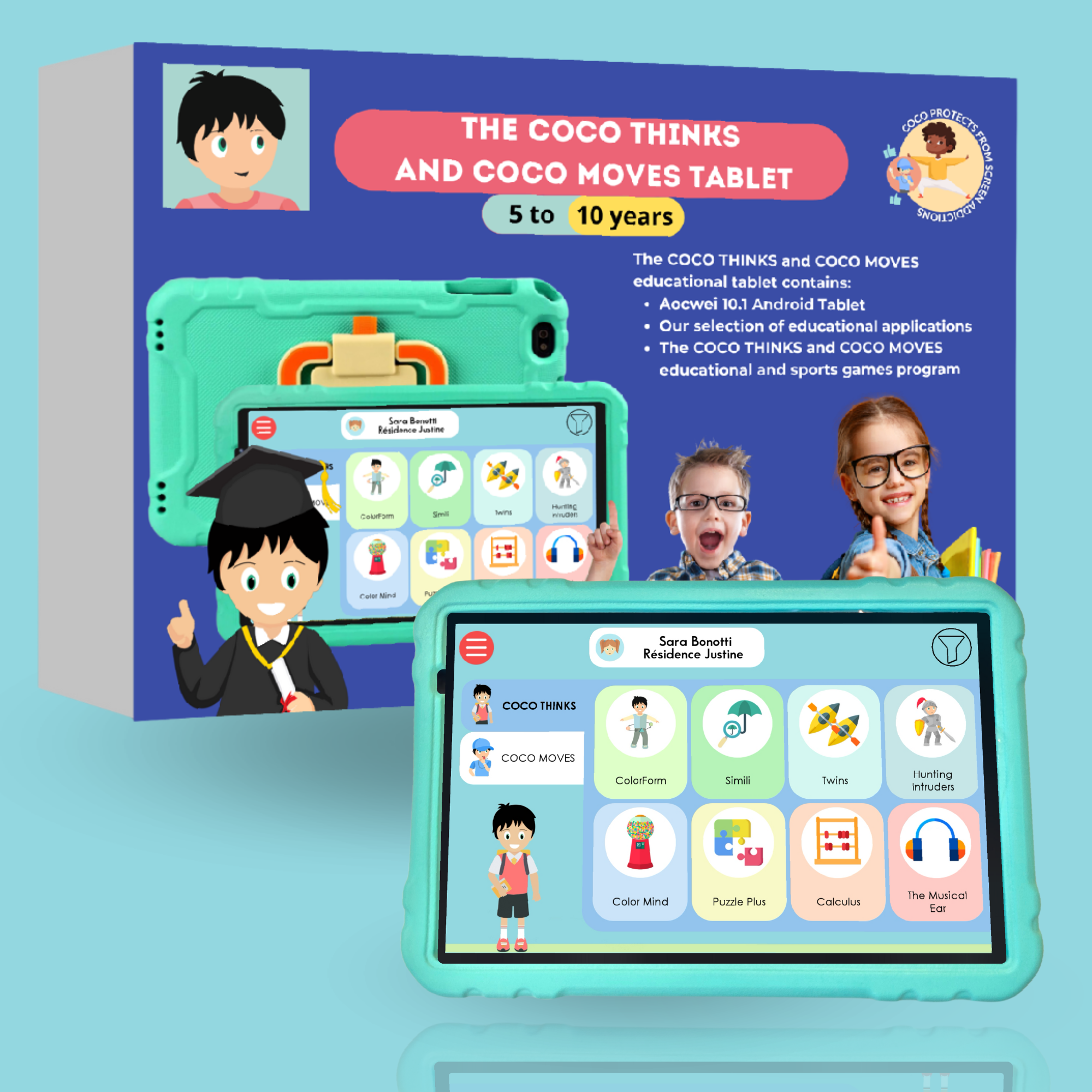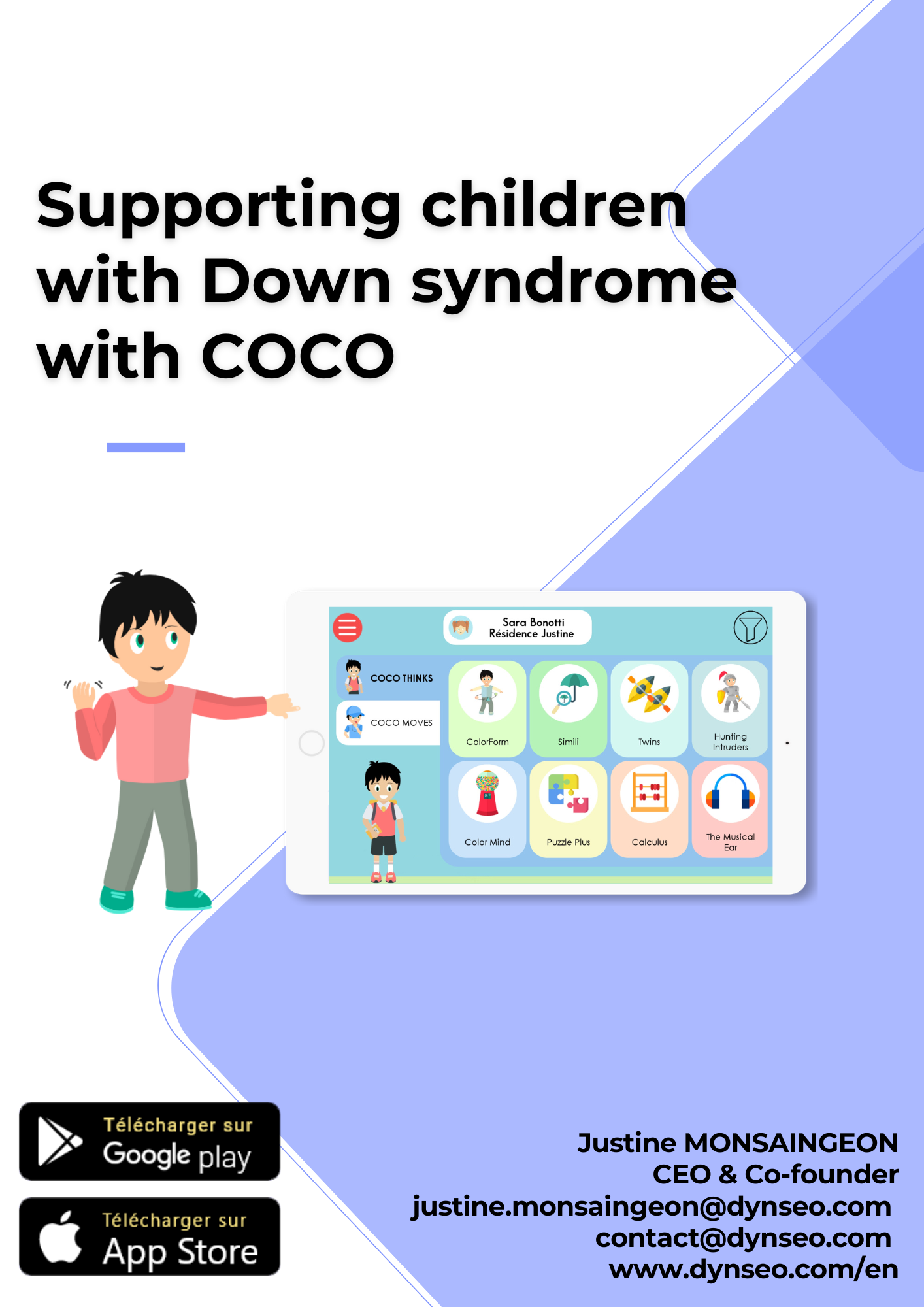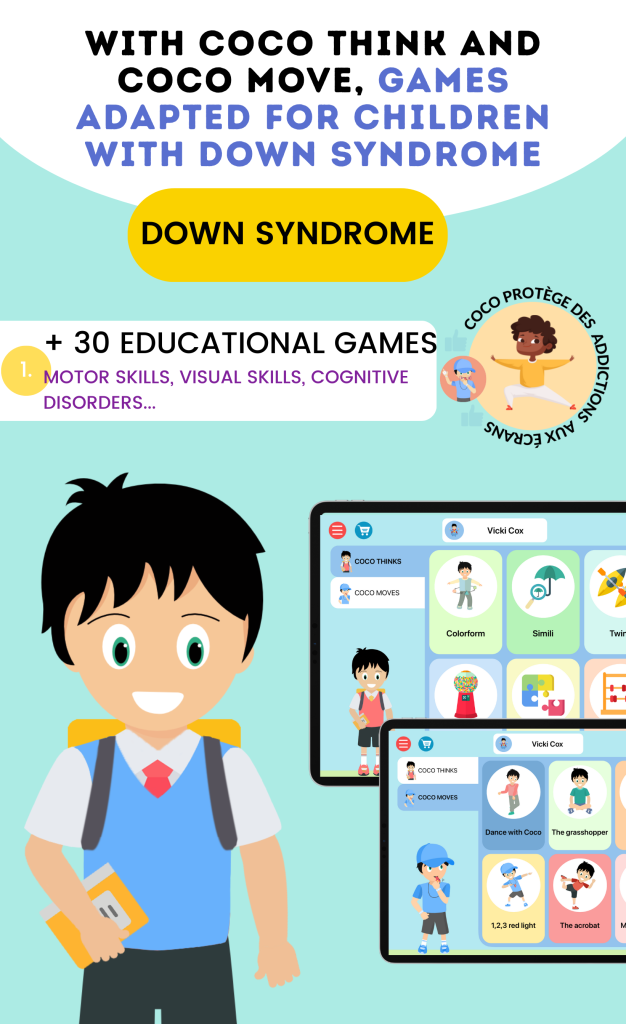Down syndrome is a genetic condition that arises from the presence of an extra chromosome 21, leading to a range of physical and intellectual challenges. As we delve into this topic, we recognize that individuals with Down syndrome often exhibit unique strengths and abilities, alongside their challenges. Understanding these nuances is crucial for us as we explore how digital tools can enhance their lives.
The advent of technology has opened new avenues for communication, education, and social interaction, making it essential for us to comprehend how these tools can be tailored to meet the specific needs of individuals with Down syndrome. Digital tools encompass a wide array of applications, devices, and platforms designed to facilitate learning and communication. From tablets and smartphones to specialized software, these tools can significantly impact the lives of individuals with Down syndrome.
As we navigate this landscape, we must consider how these technologies can be integrated into daily routines to foster independence and improve quality of life. By understanding both Down syndrome and the potential of digital tools, we can better advocate for their use in supporting individuals with this condition.
Benefits of Using Digital Tools for Individuals with Down Syndrome
The benefits of utilizing digital tools for individuals with Down syndrome are manifold. First and foremost, these tools can enhance communication skills. Many individuals with Down syndrome face challenges in verbal communication, which can lead to frustration and social isolation.
Digital tools such as speech-generating devices and communication apps provide alternative means for expressing thoughts and feelings. By enabling individuals to communicate more effectively, we can help them build relationships and engage more fully in their communities. Moreover, digital tools can serve as powerful educational resources.
Interactive learning applications can cater to various learning styles, making education more accessible and enjoyable for individuals with Down syndrome. These tools often incorporate visual aids, gamification, and personalized learning paths that can keep learners engaged and motivated. As we embrace these technologies, we witness firsthand how they can empower individuals with Down syndrome to reach their full potential academically and socially.
Identifying the Right Digital Tools for Supporting Individuals with Down Syndrome

Identifying the right digital tools for individuals with Down syndrome requires careful consideration of their unique needs and preferences. We must take into account factors such as age, cognitive abilities, and specific challenges when selecting appropriate tools. For instance, younger children may benefit from simple educational games that focus on basic skills like counting or letter recognition, while older individuals might require more advanced applications that promote life skills or job readiness.
In addition to age and ability, we should also consider the user-friendliness of the tools we choose. Many individuals with Down syndrome may struggle with complex interfaces or overwhelming options. Therefore, selecting tools that are intuitive and easy to navigate is essential.
By involving families in this decision-making process, we can ensure that the chosen digital tools align with the individual’s interests and capabilities, ultimately leading to more successful outcomes.
Training Families on Using Digital Tools for Communication and Social Skills
Training families on how to effectively use digital tools for communication and social skills is a vital step in maximizing their benefits. We recognize that families play a crucial role in supporting individuals with Down syndrome, and equipping them with the necessary skills to utilize these tools can lead to significant improvements in communication. Workshops or training sessions can be organized to demonstrate how to use various applications and devices effectively.
During these training sessions, we can emphasize the importance of consistent practice and reinforcement. Families should be encouraged to incorporate digital tools into daily routines, allowing individuals with Down syndrome to practice their communication skills in real-life situations. By fostering an environment where technology is embraced as a means of connection, we can help families build stronger relationships with their loved ones while enhancing social interactions.
Teaching Families to Utilize Digital Tools for Educational Support
In addition to communication skills, teaching families how to leverage digital tools for educational support is equally important. We understand that education is a cornerstone of development for individuals with Down syndrome, and digital resources can provide valuable assistance in this area. Families should be introduced to various educational apps that cater specifically to the learning needs of their loved ones.
We can guide families on how to create structured learning environments at home using these digital tools. This may involve setting aside dedicated time for educational activities or integrating learning into everyday tasks. By encouraging families to engage with their loved ones through interactive apps or online resources, we can foster a love for learning that extends beyond traditional classroom settings.
Ultimately, this approach not only enhances academic skills but also promotes confidence and independence.
Using Digital Tools for Behavior Management and Daily Living Skills

Digital tools can also play a significant role in behavior management and teaching daily living skills for individuals with Down syndrome. We recognize that many individuals may struggle with routine tasks or exhibit challenging behaviors due to frustration or communication barriers. By utilizing visual schedules or behavior tracking apps, families can create structured environments that promote positive behaviors and independence.
For instance, visual schedules can help individuals understand daily routines by providing clear visual cues for each task. This not only aids in reducing anxiety but also fosters a sense of accomplishment as they complete each step. Additionally, behavior tracking apps allow families to monitor progress over time, identifying patterns that may require intervention or support.
By incorporating these digital tools into daily living skills training, we empower individuals with Down syndrome to take charge of their routines while enhancing their overall quality of life.
Incorporating Digital Tools for Health and Wellness Support
Health and wellness are critical components of overall well-being for individuals with Down syndrome. We must recognize that digital tools can assist in promoting healthy lifestyles through various means. For example, fitness apps designed for tracking physical activity can encourage individuals to engage in regular exercise while making it fun and interactive.
Moreover, nutrition apps can help families plan balanced meals by providing easy-to-follow recipes and dietary guidelines tailored to individual needs. By incorporating these digital resources into daily routines, we can instill healthy habits that contribute to long-term wellness. As families become more informed about health management through technology, they are better equipped to support their loved ones in making positive lifestyle choices.
Empowering Families to Advocate for Access to Digital Tools for Individuals with Down Syndrome
Finally, empowering families to advocate for access to digital tools is essential in ensuring that individuals with Down syndrome receive the support they need. We understand that access to technology can vary significantly based on socioeconomic factors or geographic location. Therefore, it is crucial for us to equip families with the knowledge and resources necessary to advocate for equitable access.
We can encourage families to connect with local organizations or support groups that focus on disability advocacy. By sharing their experiences and insights about the benefits of digital tools, families can raise awareness within their communities about the importance of technology in supporting individuals with Down syndrome. Additionally, we should emphasize the need for collaboration between families, educators, and policymakers to create inclusive environments where access to digital resources is prioritized.
In conclusion, as we explore the intersection of Down syndrome and digital tools, we recognize the transformative potential these technologies hold for individuals and their families. By understanding the unique needs of those with Down syndrome and leveraging digital resources effectively, we can foster communication, education, behavior management, health support, and advocacy efforts that empower individuals to thrive in their communities. Together, we can create a future where technology serves as a bridge toward greater inclusion and opportunity for all individuals with Down syndrome.




